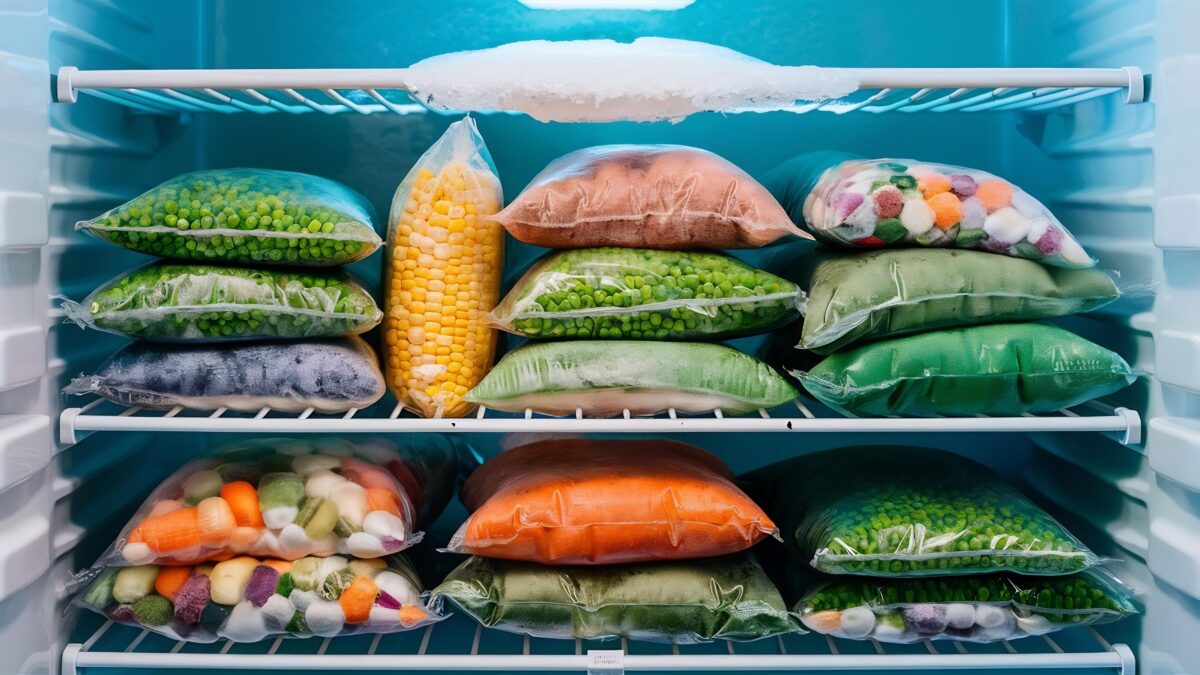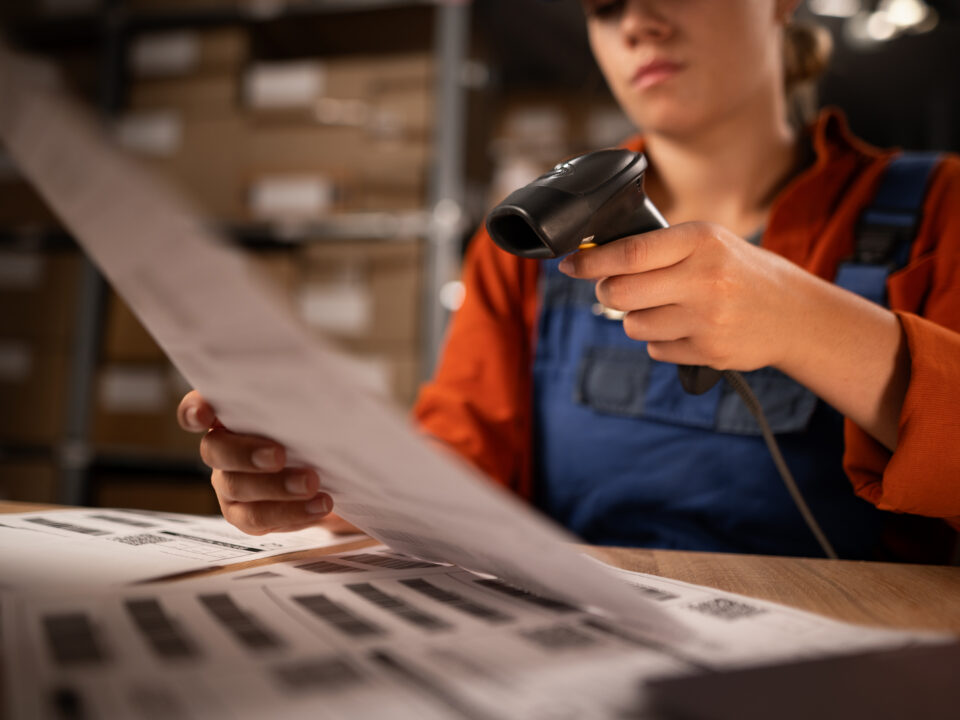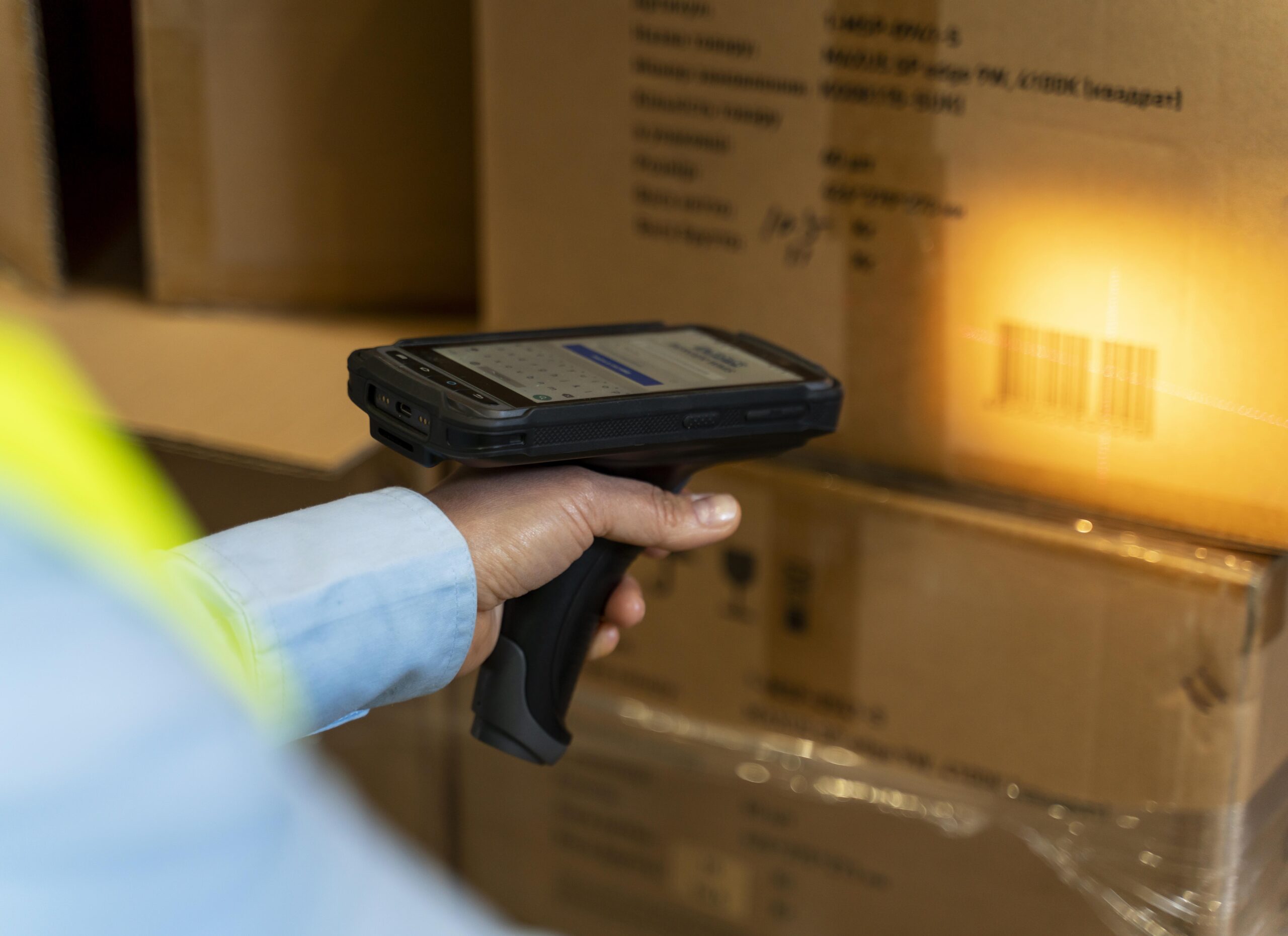
Get a Free Consultation on Labeling & Quality with Altinteg
July 31, 2025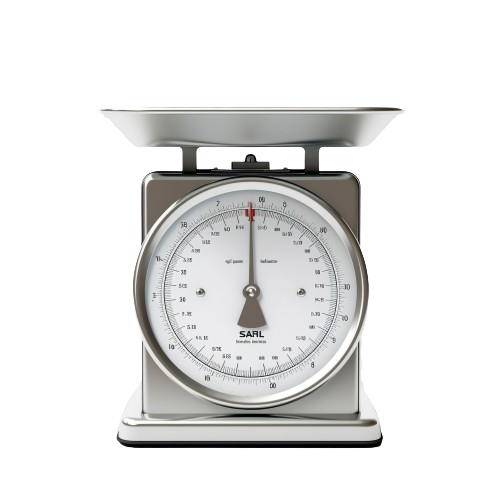
The Importance of Calibration in Production and the Kitchen: Ensuring Accuracy and Safety
August 5, 2025Today, Food Safety Alliance will talk about food defrosting and explain why it is important for health, food safety, and HACCP compliance.
Whether you are cooking dinner at home or managing a large food production facility, you need to know how to properly freeze and then defrost food without compromising food safety. Although these rules are often overlooked, defrosting is a critical control point in the supply chain that carries significant risks if handled improperly. Improper defrosting can lead to bacterial growth, cross-contamination, spoiled food, and ultimately serious health consequences.
In this blog, we will share common problems related to food freezing, explain why temperature control is vital, and how HACCP principles help manage these risks. We will also highlight how smart refrigerators and temperature monitoring technologies reduce these risks, and share details about the work of our partner company eBuilding.
Why is improper defrosting a hidden danger?
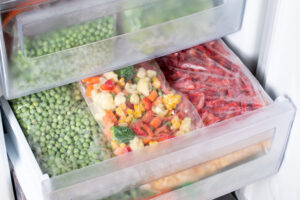
Defrosting is the process of bringing frozen food to a temperature where it can be safely cooked. However, improper defrosting—especially at room temperature—can cause bacteria to multiply in the food. Dangerous pathogens such as Salmonella, Listeria monocytogenes, and E. coli grow when food is in the temperature danger zone: between 5°C (41°F) and 60°C (140°F).
Some common defrosting mistakes include:
Leaving meat or fish out on the counter for too long
Defrosting poultry in warm water
Storing frozen food above ready-to-eat food in refrigerators
Using faulty refrigerators
These poor practices increase the risk of cross-contamination, microbial growth, and toxin production, some of which may not be destroyed even by cooking.
What happens in the danger zone?

The danger zone (5°C–60°C) is a temperature range where pathogens multiply rapidly. A single bacterium can grow to more than 2 million in just 7 hours if conditions are favorable. When food is thawed and remains in this temperature range for a long time, it becomes a breeding ground for bacteria.
Some health consequences include:
Food poisoning, accompanied by vomiting, diarrhea, and fever
Hospitalization, especially for vulnerable groups (elderly, children, pregnant women)
Long-term complications such as kidney failure from E. coli or neurological problems from Listeria
Product recalls, financial losses, and reputation damage
The role of HACCP and temperature control

Smart refrigerators and real-time temperature control

In the commercial sector, technology makes it easier to safely manage frozen products. Smart refrigerators used in cold storage warehouses, hypermarkets, and food production plants are now equipped with:
Digital thermometers for precise control
Automatic data recording
Cloud storage of information to monitor trends
Real-time alerts via SMS or app when temperatures enter the danger zone
Energy-efficient features that protect both products and the environment
These systems not only help with monitoring—they prevent failures before any nonconformity is detected at your facility.
eBuilding — your trusted supplier
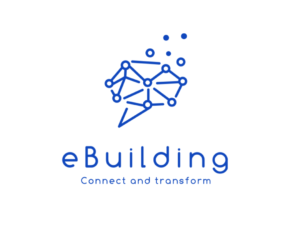
eBuilding is one of Georgia’s leading innovative companies and a provider of smart solutions specializing in automated cold chain monitoring systems. Their technology is already implemented in:
Food production facilities
Cold storage warehouses
Hypermarkets
eBuilding’s systems not only alert staff about critical temperature deviations but also store temperature data — which is essential for external audits and for the implementation and maintenance of HACCP systems. This level of control ensures that food remains protected even when no one is actively monitoring it.
Conclusion
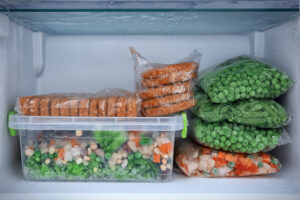
Defrosting is more than just a kitchen task—it is a food safety checkpoint that requires awareness, planning, and technology. The temperature danger zone poses a serious risk, and following HACCP protocols along with using smart monitoring tools helps prevent both foodborne illnesses and financial losses.
Companies like eBuilding offer advanced temperature monitoring services and alert systems, making it easier to control temperatures and respond promptly in case of temperature deviations.
